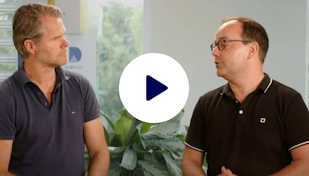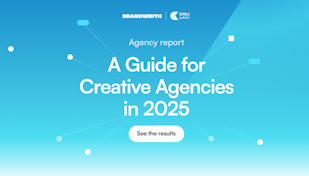Why it no longer makes sense to create packaging artwork manually

Changing markets, changing demands
The market has new and challenging expectations when it comes to packaging. Personalized packaging is a good example: brands want to build a personal relationship with consumers so they can market to them, and personalization at scale is the perfect method for doing so, even if it seems gimmicky at first glance. Personalization bypasses retailers -always protective of their customer data and buying behavior- and lets the brand address the consumer directly. Besides, virtually all technologies used for packaging have changed over the last few years. Where established printing processes reigned supreme for decades, digital printing is now able to produce smaller runs on more substrates than ever before, and hybrid processes combine the advantages of established technology with the benefits of digital.
Creating artwork is labor-intensive
The way packaging and label artwork are created did not really change much over time. It is still a largely manual process. After packaging artwork is painstakingly built by packaging designers in applications like Adobe® Illustrator®, it goes into a workflow for approval and -after a few iterations and modifications- makes it through a post-processing workflow, and onto a step-and-repeat before finally hitting the press. A lot of the production work is repetitive and low-value, mainly due to how similar the artwork for different varieties of the same product is. Packaging designers spend lots of time recreating variants of the same.
Products are released in more variants than ever.
Many brands are expanding product lines. It is an important strategy for brands that want to grow their market share and revenue. Consumer needs, desires, and preferences change over time and, to avoid losing business to the competition, companies continuously release new variants or upgrade products at the end of their life cycle. Adding new variants allows brands to sell more to their existing customer base, which is easier to convince than new customers. Customers want variety and brands are happy to oblige. The number of variants constantly increases, with some brands taking it even further and creating limited or special editions of an existing offering.
Multiplying the variants multiplies the required resources
Variant production is where most of the resources are required: if a product exists in 3 sizes and 5 flavors, that means the designer must create 15 artwork files. If the artwork needs to be translated into 3 languages, we're up to 45 files. Some designers will often create all those files one by one. Some product manager will have to approve all 45 files. The possibilities of short-run digital production can make things even more interesting: perhaps a local market wants to run a campaign based on a sports event, or a regional retailer wants to create localized packaging. Those demands are additional multipliers. The amount of work required and the potential for error quickly becomes mind-boggling.
Pack shots need extra versions for e-commerce
Not long ago, the most appropriate way to convey information about a product was on its packaging. Most of the purchase decisions were made in a bricks-and-mortar store; consumers could see, touch, and scrutinize packaging in the aisles. The purchase decision happened when a product was physically put into the shopping cart.
Today, consumers still put products into shopping carts. The carts, however, are now 100% digital. What is more, consumers are increasingly likely to push the "add to cart" button on their phones, which poses a few extra challenges for pack shots.
Simply downscaling a pack shot will not work, the consumer needs to be aware of 4 key pieces of information, even using an image only a few centimeters across: which brand it is, which product it is, which variety it is, and what quantity is in the package. Mobile e-commerce (m-commerce) requires specialized mobile ready hero images. GS1 came out with a standardization guideline, that shows how pack shot for mobile e-commerce can be optimized to convey the 4 essentials effectively.
For packaging designers, that means they must produce a whole new set of variants for online use. And they may need to be built for the specific requirements of different e-retailers. (read more details on optimizing pack shots in this blog)
Brands Have Curated Data, and They Expect You to Use it.
Brand owners are making efforts to protect their brand and curate error-free product information in central systems. Digital asset management systems house images and other resources used in packaging artwork, and product information management systems contain every last shred of information about a product and all its varieties in many languages: the correct name, ingredients, nutritional values, regulatory information on allergens, preparation instructions, the list is virtually endless.
These curated data sources are considered the single source of truth, and there are 2 ways things can go wrong: human error when inserting product information into the artwork file, or updates of product information that don't make it into the finished artwork because the designer is not informed. To avoid content errors and ensure correct information, the connection to curated data must be live. The information and assets need to be able to flow to the document as a result of a query, and any changes or updates to it must be implemented in the artwork document instantly, without any intervention from the designer.
Now what?
If you produce packaging artwork today, you have a choice ahead of you: do you want to rely on more traditional, manual processes that can only scale by adding more manpower, or do you want to automate the time-consuming, repetitive parts of the process and produce at scale?
Either way, the market demands are shifting so quickly you will likely need to reevaluate how you produce packaging artwork. While you still want an experienced specialist to create the initial master files, you can simplify, automate and error-proof large sections of the production process with Smart Templates and Design Automation. In particular, creating multiple variants and mobile-ready hero images show great potential for optimization; those steps could be handled with less labor and more tech.
Marketing
Piet Saegeman
Jan 14, 2020


